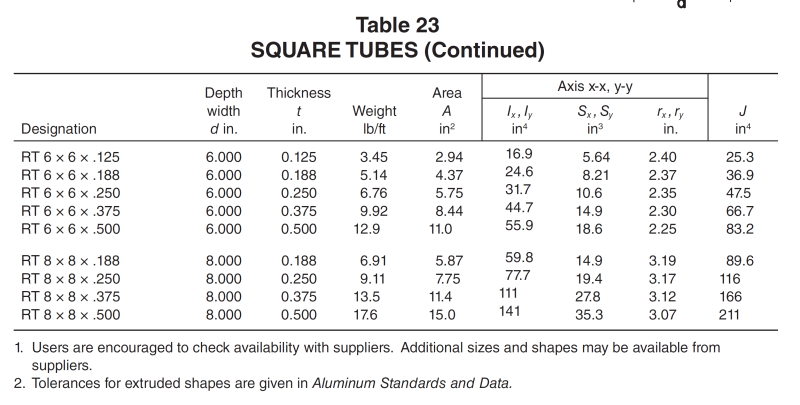Given:
Need to store boat over the winter, in boathouse. The boat will be supported on 2 beams, that span 14 feet on centre. Owner tells me that boat weighs 3500 pounds (seems a lot to me) and that I should assume that two-thirds of the weight is on one beam only i.e. 2333 pounds point load at midspan.
Note: Currently the beams are timber, 5.5" wide x 6" deep, based on my on-site measurements. I would assume the load is applied as a point load at mid-span of the beam. When I check the flexural capacity based on #2 spruce, the beams are nowhere near to figuring. Even if I assume #1 Douglas Fir, the Mr is only about half of the required moment of resistance.
Required:
The owner wants to find beams that weigh less so that they are more easily manhandled into place. The beam would of course be laterally unsupported.
How to determine a lighter weight beam than the existing 9 pounds per foot wood beams. i.e. shape, material, etc. The only thing that I can think of would be aluminum tubular section.
Questions:
What do you suggest for beam material and beam shape? If you agree aluminum section, would it be 6061-T6 grade and what size? I can size it in steel, but not experienced in aluminum design.


